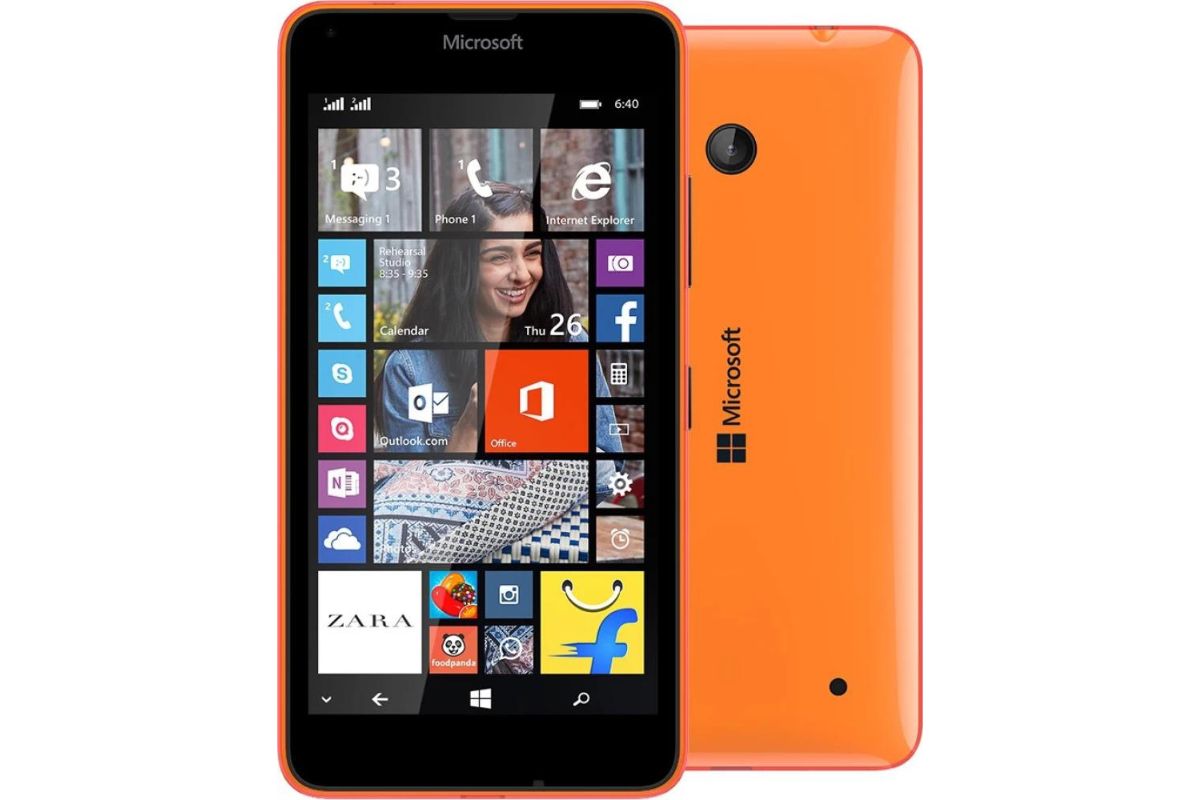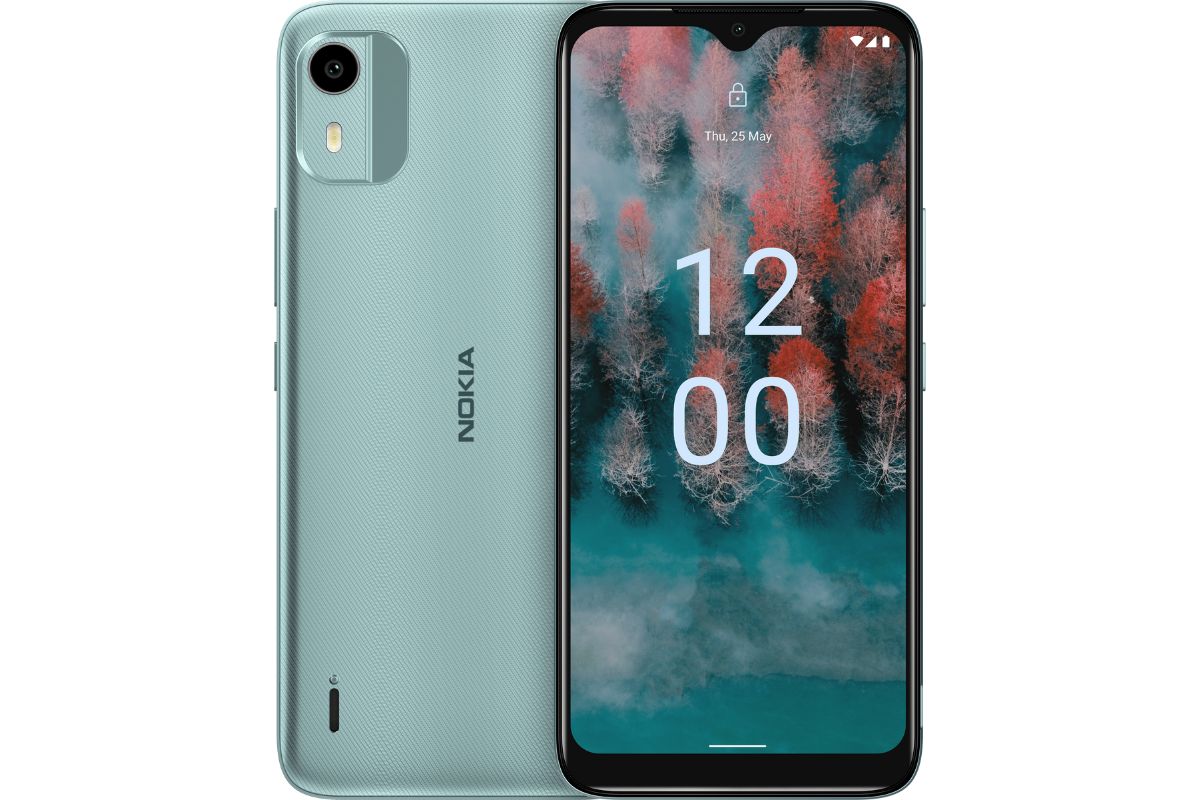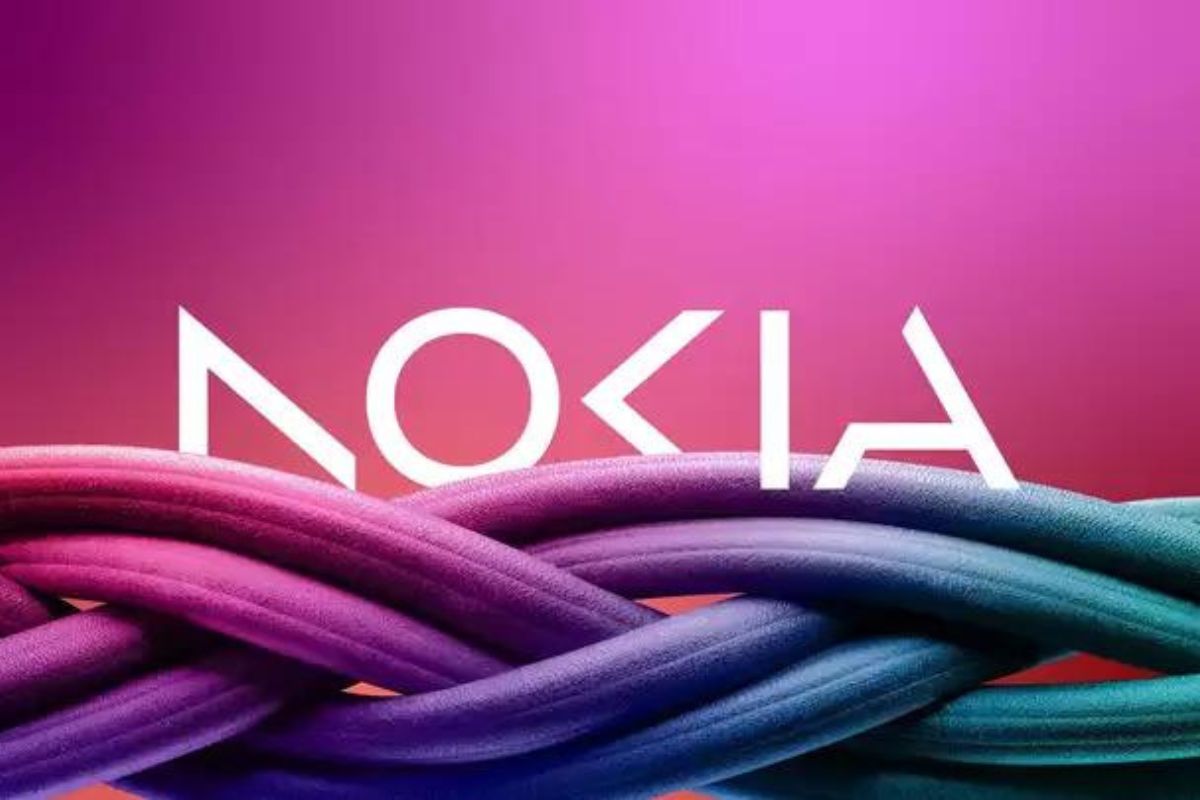“You will continue to see new Nokia phones. True to our ideals, HMD will continue to build more sustainable and cheap phones,” the business further promised, adding that fresh releases of Nokia phones will really occur later this year.
With Nokia and HMD phones now confirmed to coexist together, let us take a look back at the legacy of Nokia up until 2024.
Nokia: The Beginning
Nokia’s initial story began in 1865, nowhere near the world of technology. It was founded in Finland as a wood pulp mill; it diversified into rubber, cables, and electronics in the 20th century.
The turning point came in 1967 when Nokia entered the mobile phone industry. Early models were bulky and niche, but innovation continued.
By the 1980s, Nokia had established itself as a major player in the Nordic mobile market, pioneering the NMT network, one of the world’s first cellular systems.
The 1990s witnessed Nokia’s meteoric rise. The iconic Nokia 3310, launched in 2000, became a global phenomenon, solidifying its reputation for reliability and durability.
Strategic acquisitions, like Digital Equipment Corporation’s mobile phone division in 1998, propelled Nokia to the top of the mobile phone market by 1998, holding a solid market share of over 50%.
Nokia: The Symbian OS Story
The old Nokia smartphones operating on Symbian OS. (Image Source: Zee Business)
After establishing itself as a reliable and durable smartphone manufacturer, Nokia’s dominance continued in the early 2000s with the Symbian operating system, powering popular devices like the Nokia 6600 and N73.
However, the rise of Apple’s iPhone in 2007 and the Android platform challenged Nokia’s position. The company struggled to adapt to the touchscreen revolution, clinging to its Symbian OS.
Despite releasing innovative smartphones like the N900, Nokia gradually lost market share throughout the 2010s. The 2011 decision to sell its mobile phone division to Microsoft marked a turning point.
Nokia’s Shift: From Windows to Android

Nokia Lumia Smartphones with Windows Mobile OS (Image Source: Flipkart)
Under Microsoft’s ownership, Nokia started its Lumia smartphone series, offering a fresh start with the Windows Mobile OS, but failed to gain significant traction.
In 2016, HMD Global, a Finnish company, acquired the rights to the Nokia brand for smartphones and tablets.
HMD Global’s strategy focused on nostalgia, affordability, and Android, producing devices like the Nokia 3310 (2017) reboot and various budget-friendly smartphones.
While not replicating its market dominance of the past, Nokia regained a respectable market share, particularly in feature phones and select smartphone segments.
More importantly, Nokia shifted its focus to network infrastructure, becoming a major player in 5G technology. Its expertise in radio access networks (RAN) and core network solutions positioned it well for the 5G era.
As of today, Nokia stands as a leading provider of 5G infrastructure, supplying equipment to major carriers worldwide. It also actively participates in research and development for future 6G networks.
Nokia and HMD Smartphones

Nokia Android based smartphones with 5G technology. (Image Source: Nokia)
Nokia’s impact on the industry and smartphone technology is undeniable. Its Symbian OS, though surpassed, paved the way for future smartphone operating systems.
As of now, HMD Global has decided to start a multi-brand strategy, with both HMD and Nokia smartphones coexisting and catering to different users rather than just one big brand.
Who knows if this might lead to the Nokia brand regaining its way to the top?

